What Are Austrian Winter Peas: A Guide To Growing Austrian Winter Peas
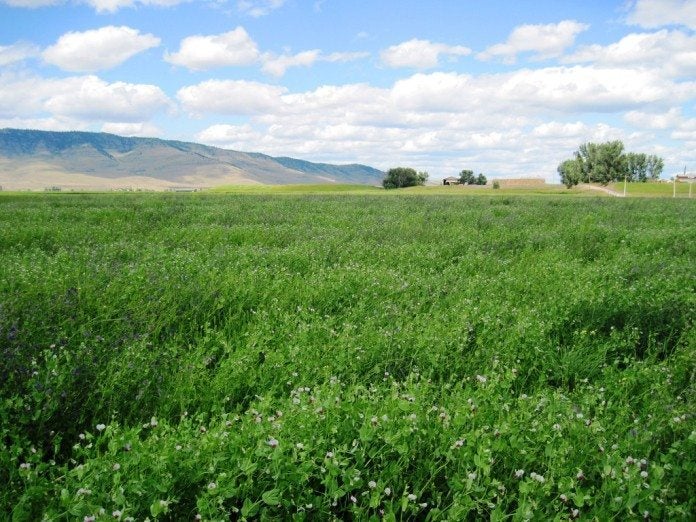

What are Austrian winter peas? Also known as field peas, Austrian winter peas (Pisum sativum) have been grown around the world for centuries, primarily as a valuable source of nutrition for humans and livestock. Don’t confuse Austrian winter peas with cowpeas, which are also known as field peas in the southern states. They are different plants. Read on for info on growing Austrian winter peas.
Austrian Winter Pea Information
Today, Austrian winter peas are often planted agriculturally as a cover crop, or by home gardeners or backyard chicken farmers. Game hunters find that growing winter Austrian winter peas is an effective means of attracting wildlife such as deer, quail, doves, and wild turkeys. Austrian winter peas have ornamental value, and the peas are tasty in salads or stir fries. Many gardeners like to plant a few seeds in a patio container outside the kitchen door. Austrian winter pea is a cool season legume related to the familiar garden pea. The vine plants, which reach lengths of 2 to 4 feet (0.5 to 1 m.), bear pink, purple, or white blooms in spring. When used as a cover crop, Austrian winter peas are often planted with a mixture of seeds such as oilseed radishes or various types of clover.
How to Grow Austrian Winter Peas
When growing Austrian winter peas, here are some helpful tips to keep in mind: Austrian winter peas perform well in nearly any type of well-drained soil. However, the plants need consistent moisture and don’t do well in arid climates where rainfall is less than 20 inches (51 cm.) per year. Austrian winter peas are winter hardy in USDA zones 6 and above. Seeds are typically planted in autumn, after the hottest days of summer have passed. The vines may do well in colder climates if they are protected by a good snow cover; otherwise, they are likely to freeze. If this is a concern, you can plant Austrian winter peas as an annual in early spring. Look for inoculated seeds, as inoculants convert nitrogen in the atmosphere into usable form, a process known as “fixing” nitrogen, and will also promote vigorous, healthy growth. Alternatively, you can purchase inoculant and inoculate your own seeds. Plant Austrian winter pea seeds in well-prepared soil at a rate of 2 ½ to 3 pounds (1 to 1.5 kg.) for every 1,000 square feet (93 sq. m.). Cover the seeds with 1 to 3 inches (2.5 to 7.5 cm.) of soil.
Gardening tips, videos, info and more delivered right to your inbox!
Sign up for the Gardening Know How newsletter today and receive a free copy of our e-book "How to Grow Delicious Tomatoes".

A Credentialed Garden Writer, Mary H. Dyer was with Gardening Know How in the very beginning, publishing articles as early as 2007.
-
 Looking For Plants To Give You The Soft And Fuzzies? Try These 5 Fuzzy Leaf Plant Options
Looking For Plants To Give You The Soft And Fuzzies? Try These 5 Fuzzy Leaf Plant OptionsLovers of texture, drama, silver foliage and tactile plants will adore these special sensory garden additions. These fuzzy leaf plant options will leave you all aglow
By Susan Albert
-
 Get Ready For A Summer Of Hummers! Grow These Full Sun Hummingbird Plants and Flowers
Get Ready For A Summer Of Hummers! Grow These Full Sun Hummingbird Plants and FlowersIf you’re lucky enough to enjoy a sunny backyard, make sure you are maxing out on your pollinator opportunities and grow these full sun hummingbird plants and flowers
By Tonya Barnett
-
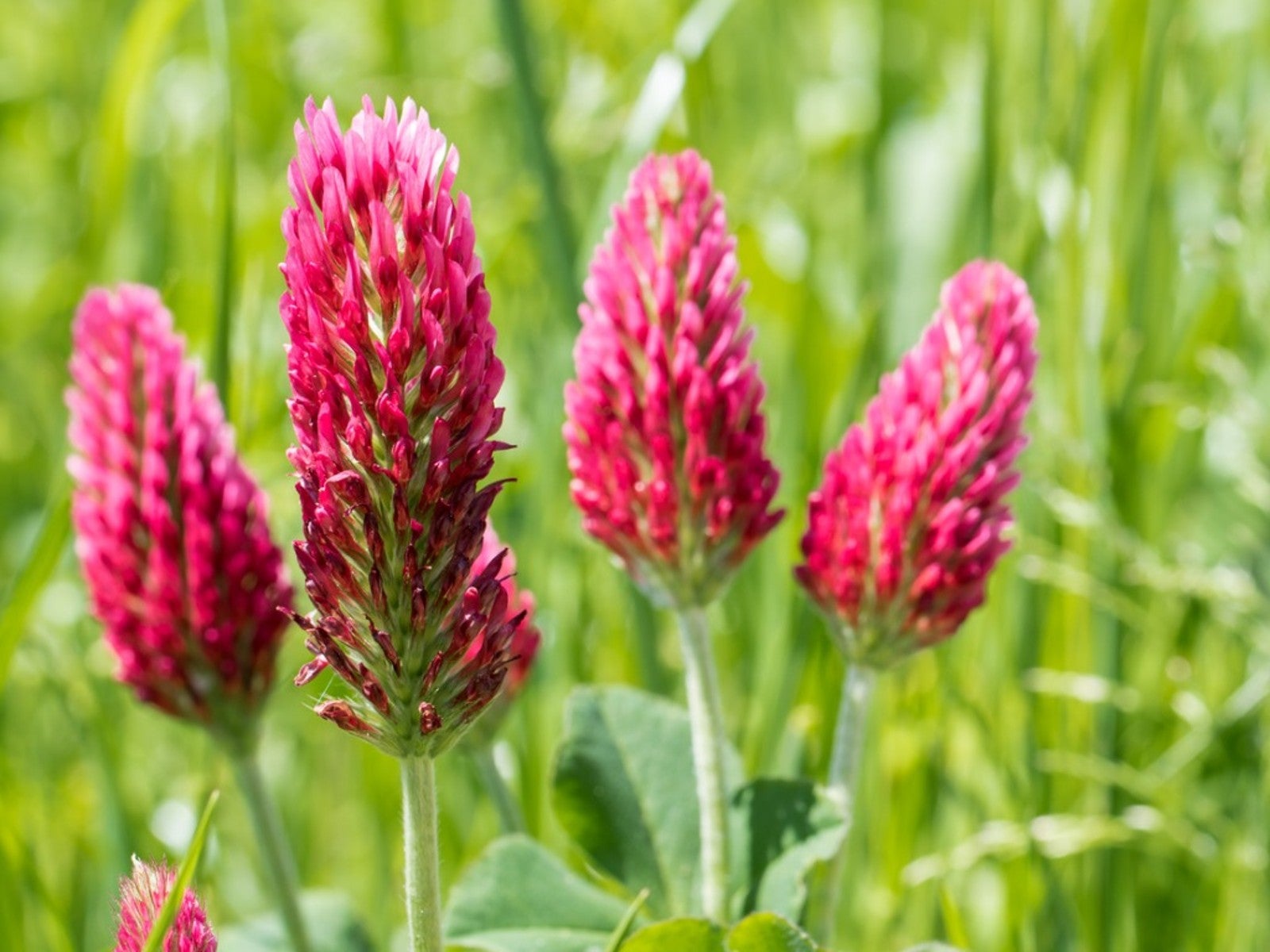 Best Late Summer And Early Fall Cover Crops
Best Late Summer And Early Fall Cover CropsPlanting cover crops is a gift you can give to your garden’s soil. Read on to learn about planting cover crops in late summer.
By Bonnie L. Grant
-
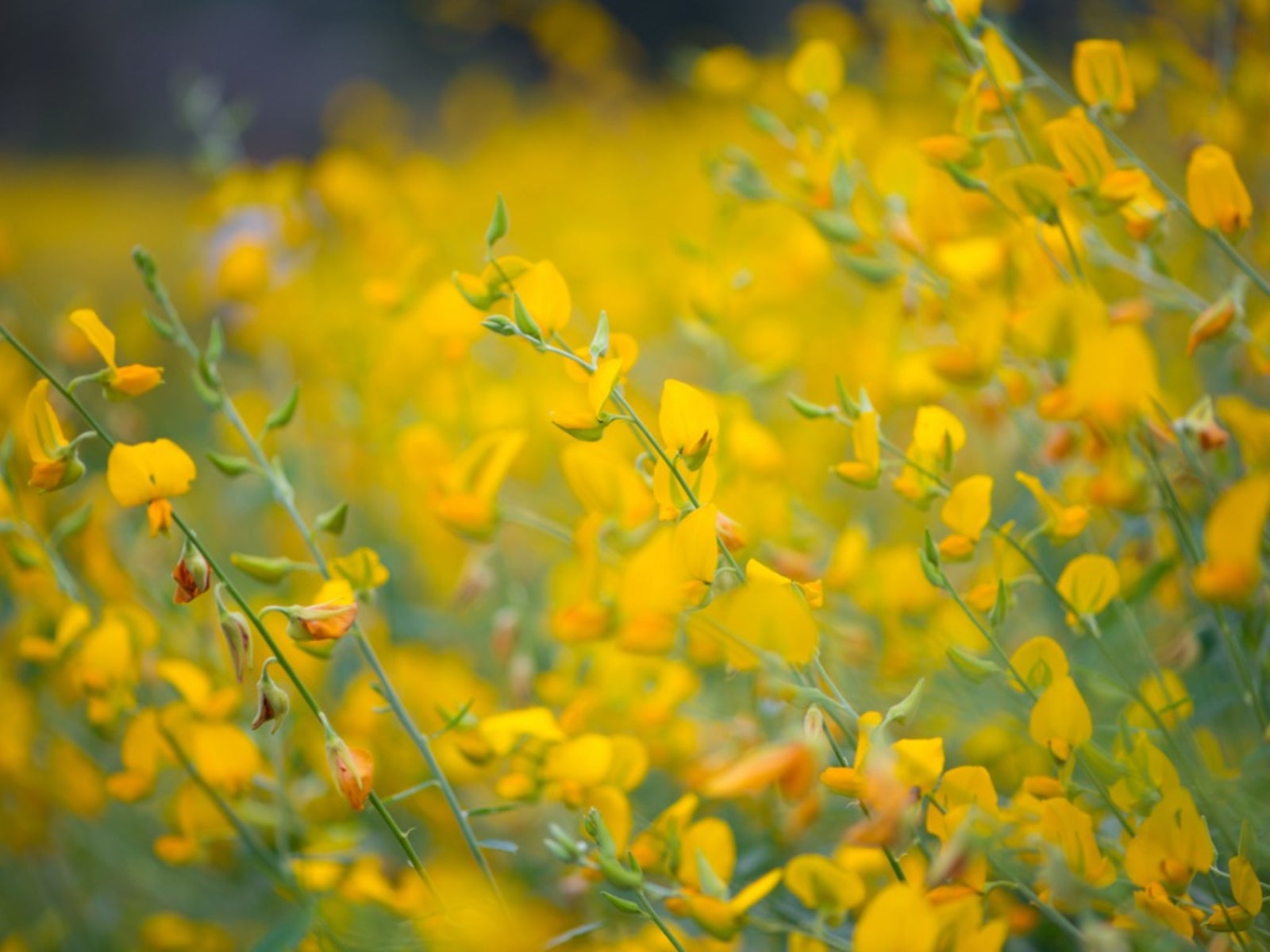 Sunn Hemp Plant Info – Learn Sunn Hemp Uses And Care
Sunn Hemp Plant Info – Learn Sunn Hemp Uses And CareSunn hemp grass is a warm weather grass. Click to learn more about Sunn hemp uses as well as helpful tips on growing Sunn hemp as a cover crop.
By Mary H. Dyer
-
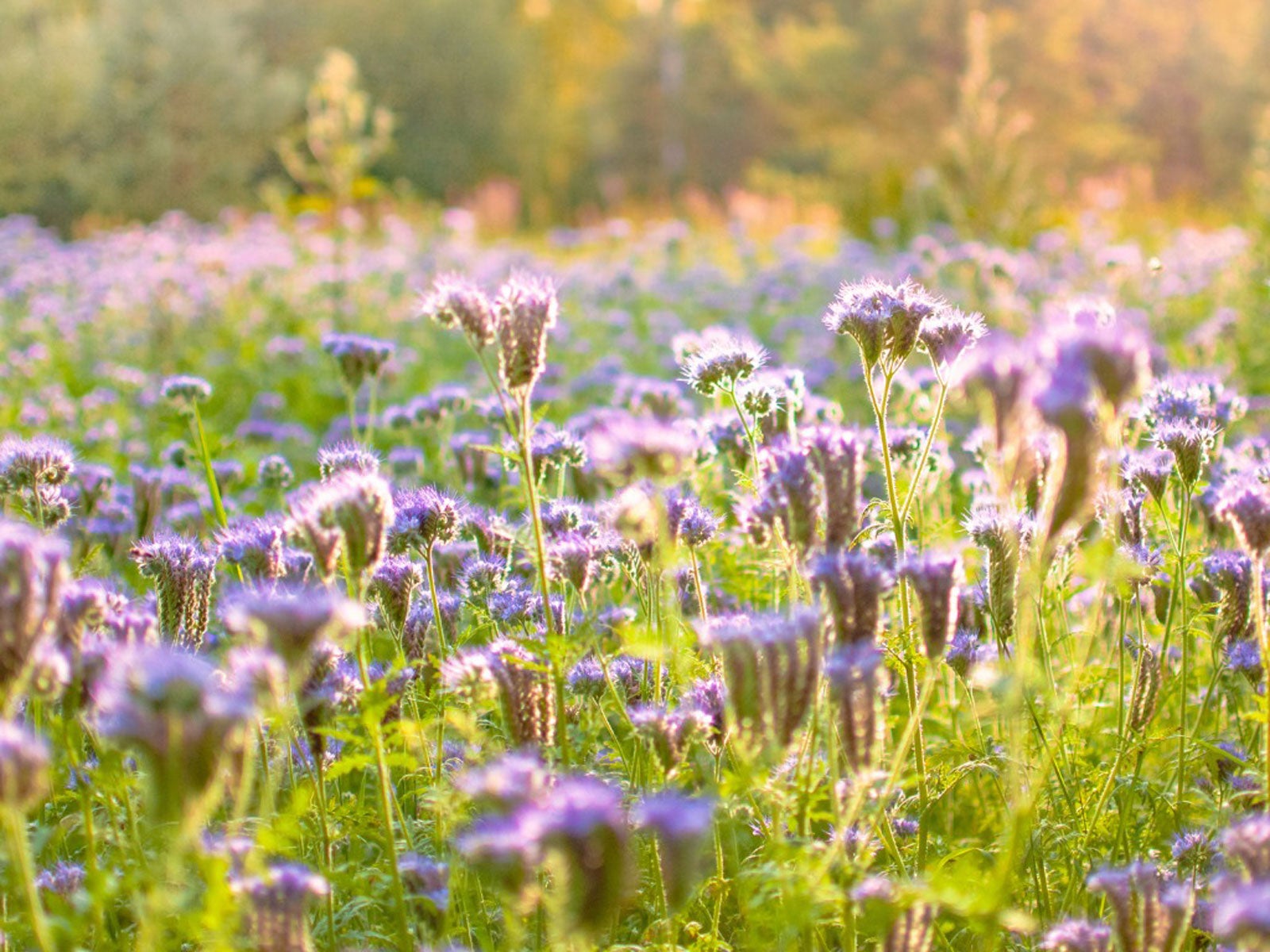 Native Cover Crops: Vegetable Cover Cropping With Native Plants
Native Cover Crops: Vegetable Cover Cropping With Native PlantsAre there any benefits to using native plants as cover crops? Click here to learn more about vegetable cover cropping with native plants.
By Laura Miller
-
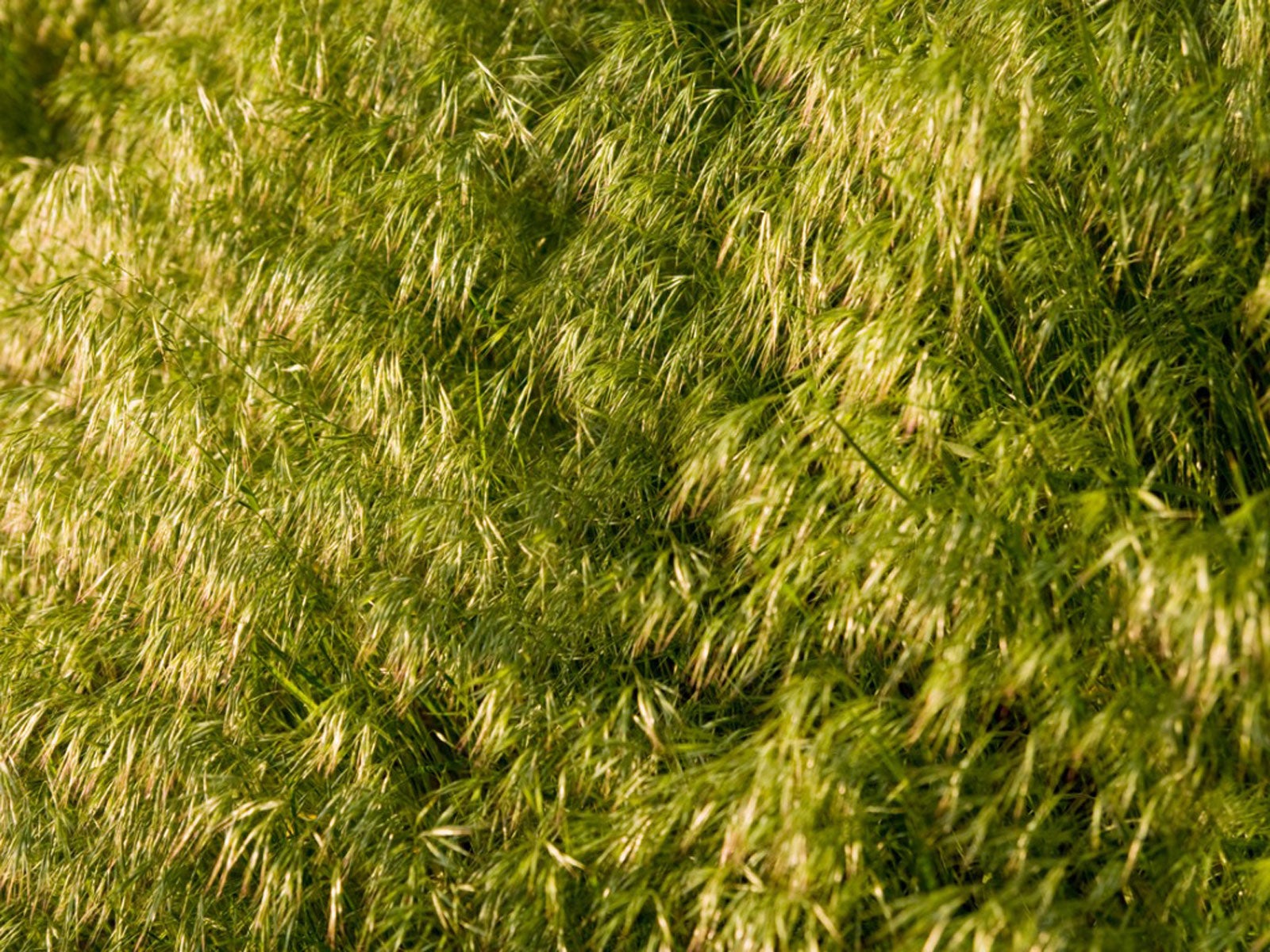 What Is Field Brome – Information About Field Brome Grass
What Is Field Brome – Information About Field Brome GrassField brome grass can be used as a cover crop to control erosion and enrich the soil. For more information, click the following article.
By Laura Miller
-
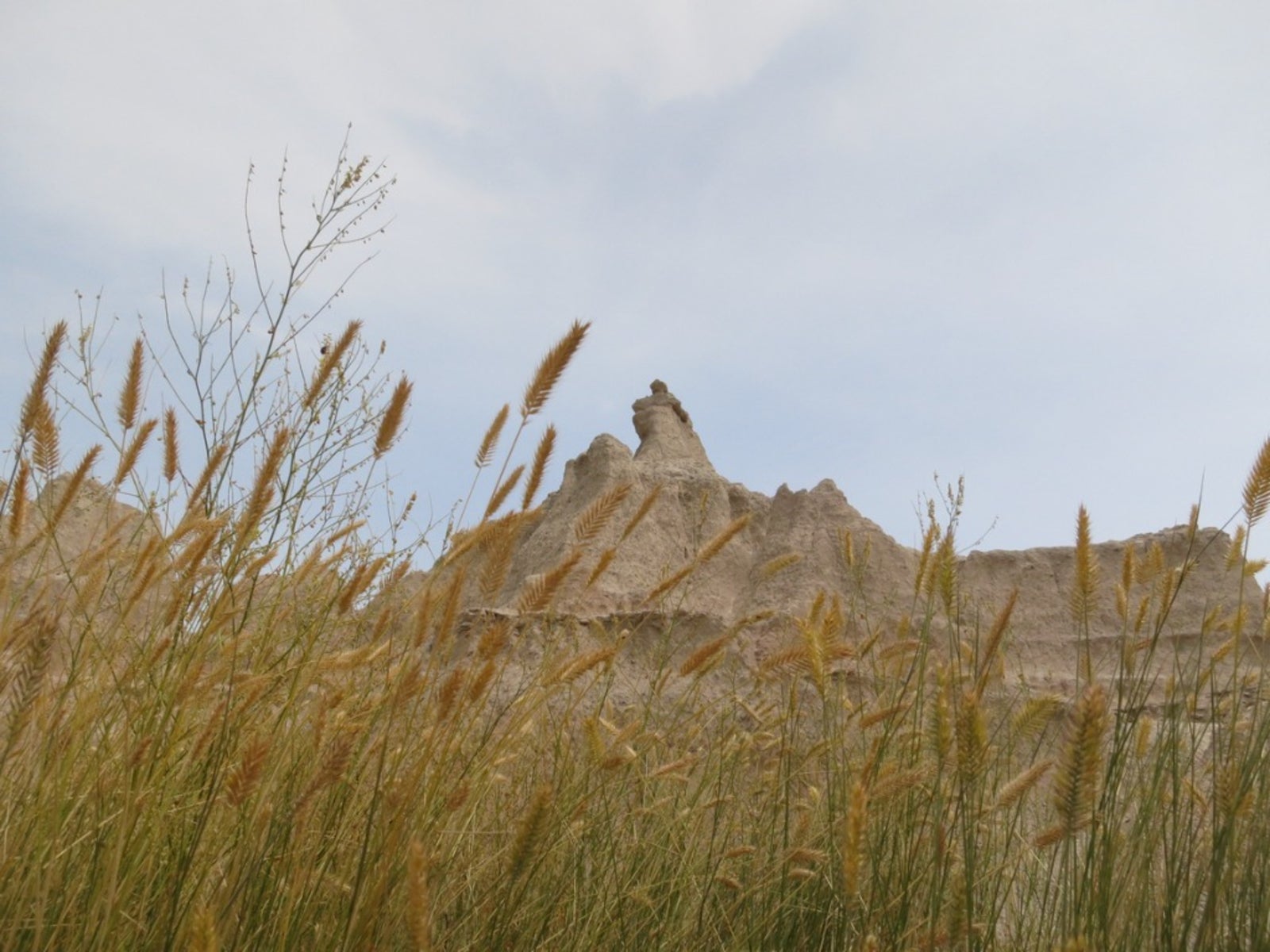 What Is Western Wheatgrass – How To Grow Western Wheatgrass
What Is Western Wheatgrass – How To Grow Western WheatgrassWheatgrass is native to North America and graces the Southwest, Great Plains and mountainous regions of the western U.S. It has some erosion control benefits but using western wheatgrass for grazing is the primary purpose. Learn more about it here.
By Bonnie L. Grant
-
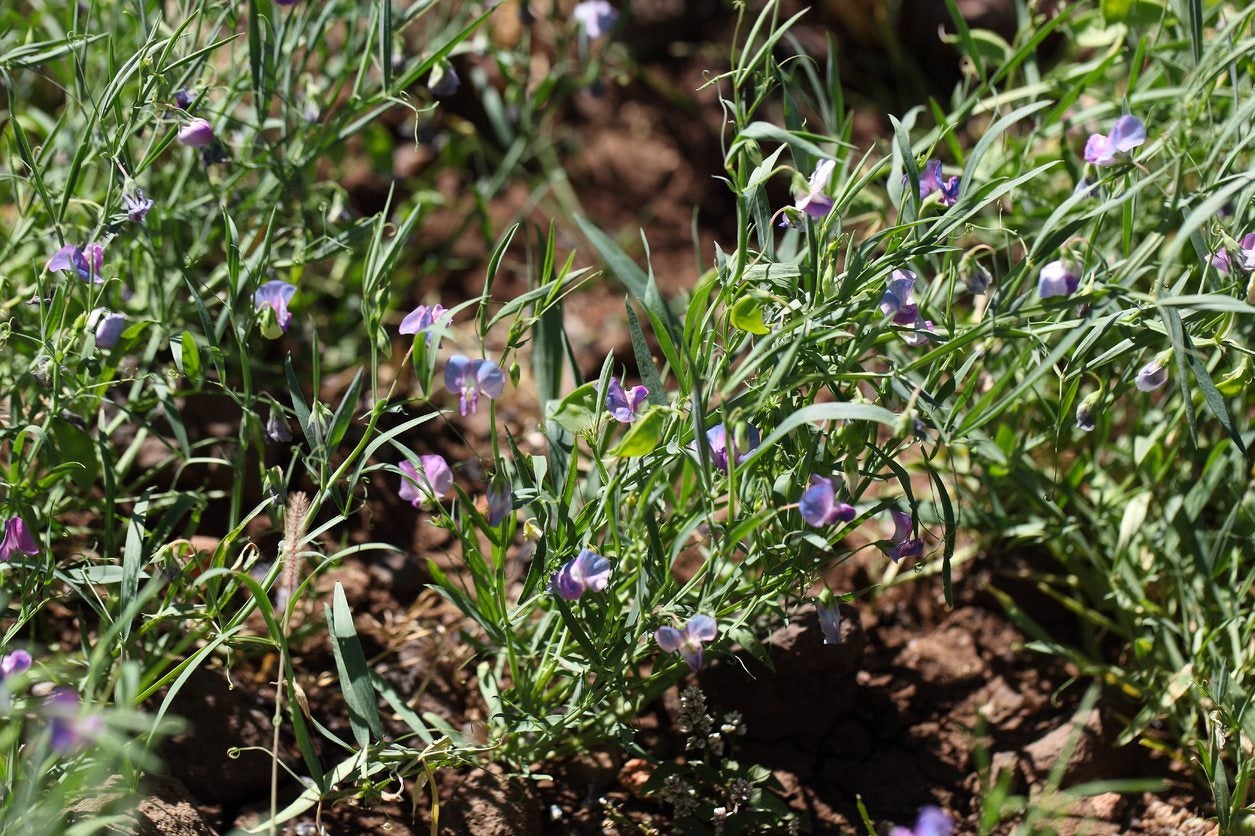 What Is Chickling Vetch – Growing Chickling Vetch For Nitrogen Fixing
What Is Chickling Vetch – Growing Chickling Vetch For Nitrogen FixingWhat is chickling vetch? Also known by various names such as grass pea, white vetch, blue sweet pea, Indian vetch, or Indian pea, chickling vetch is a nutritious legume grown to feed livestock and humans in countries around the world. Learn more about the plant here.
By Mary H. Dyer
-
Establishing Kura Clover: Learn How To Grow Kura Clover Plants
You no doubt have heard about the four-leaf clover, but few gardeners are familiar with kura clover plants. Kura is a forage legume and if you are interested in growing kura as a groundcover or establishing kura clover for some other use, this article will help.
By Teo Spengler
-
 Berseem Clover Plants: Growing Berseem Clover As A Cover Crop
Berseem Clover Plants: Growing Berseem Clover As A Cover CropBerseem clover cover crops provide excellent nitrogen in soil. The plants are also quite attractive in bloom when used as an annual groundcover. Learn how to grow berseem clover and harness all its benefits in your garden by clicking the following article.
By Bonnie L. Grant